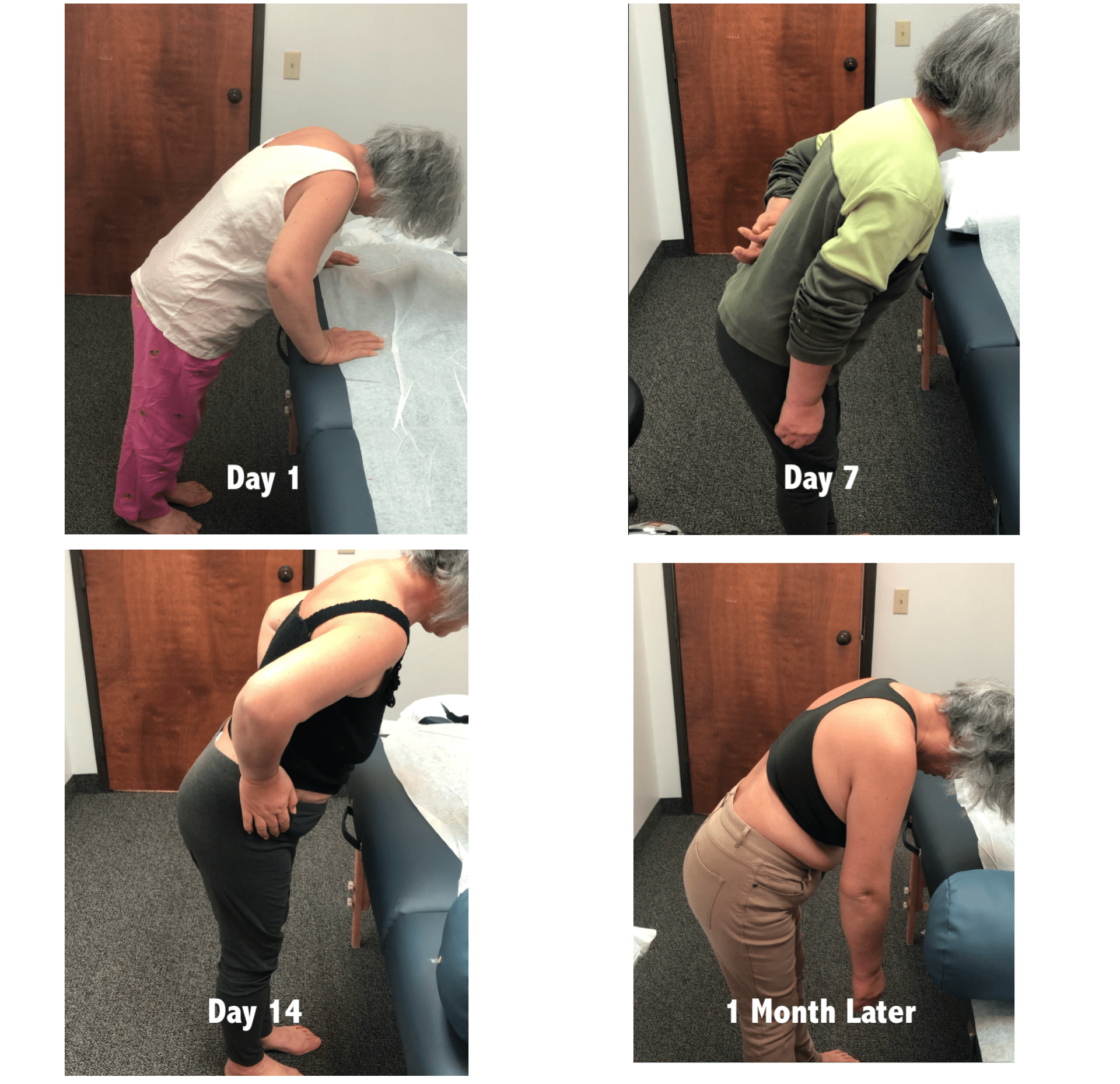When a Storm is Brewing: A Plano Resident’s Guide to Barometric Pressure Migraines
Living in Plano, you know the weather changes. Sudden storms and fronts cause barometric pressure migraines. Get help for the headaches and throbbing pain.

January 28, 2023
You’re wondering if there’s something out there that can help you or a loved one with sciatica.
People that are looking for alternative solutions to their chronic sciatica often fall into three categories:
Regardless of the path that’s led you here, the goal is the same: you’re looking for a way to manage your sciatica pain and the complications that come along with it.
We understand this can be a lot of information and overwhelming: if you are looking for more support and answers, set up a free consultation with our Sciatica Specialist, Satoru Ozawa. Share your story, get your questions answered, and learn how you can set yourself up for tremendous success in achieving a healthy life.
Take a look at the pictures below. The difference between these four photos is one month.

This patient has lived with sciatica pain for over 20 years. The condition had affected her left low back, hip, and side of the thigh, and she also had to radiate pain to her thigh.
By the time she came to my clinic, she had already been trying to manage her sciatica for decades with various conventional treatments like chiropractics and physical therapy. While these treatments helped her pain a little bit, the moment she stopped coming to the treatment, her pain would return.
Eventually, she tried to see if she could naturally manage her pain without using medications.
We decided on a three-month-long treatment plan to see if the treatment could sustainably help her. The plan consists of:
As you can see, the changes were significant. Her hip pain was feeling and healing at a level comparable to the use of the pain medicine. She was incredibly happy that she found a way to manage her pain naturally and avoided the side effects of steroid treatments.
Acupuncture can help with the following symptoms of sciatica:
You may be surprised to see depression and anxiety on the list. But the fact is that many individuals with sciatica suffer emotionally: they often report experiencing anxiety, depression, shame, low self-esteem, etc.
Acupuncture can have excellent regulating effects on the nervous system and help individuals reduce stress and anxiety. For this reason, many western doctors are open to acupuncture, and acupuncture’s effect on reducing stress is well documented. Since stress and anxiety can exacerbate autoimmune disease, many doctors are open to having their patients try acupuncture for its calming benefits.
Chiese medicine also relies heavily on the use of herbal prescriptions as a way to naturally help the body recover. Different herbs have different properties and effects on the body, and the key is to use herbs that treat the patient’s disease pattern.
One of the principle features of Chinese medicine theory is the focus on treating the underlying pattern rather than treating a particular disease. In this sense, Chinese medicine does not have a set diagnosis and treatment protocol for sciatica. Instead, it has a set of differential diagnoses and treatment protocols for specific symptom presentations in the general category of chronic pain. The followings are various differential diagnosis patterns that would apply to a sciatica patient.
In clinical practice, a patient presents with a mixed pattern. It means they don’t just fall into a single blood stasis pattern. They’ll often give with two or more of these patterns simultaneously. It is then up to the practitioner to discern which pattern is more dominant in the patient’s presentation and to treat accordingly.
It’s important to remember that sciatica is a chronic inflammatory disease. So we want to avoid foods that promote inflammation in the body. Please note: diet should never be dogmatic. What works for one person’s body may be less beneficial for another.
The age-old debate of eating meat vs. not eating meat is a perfect example. Some people feel healthier and great when not consuming animal protein, whereas others react the exact opposite. The idea is to understand what works for your body.
When trying to understand what triggers your sciatica, an anti-inflammatory diet is a great place to start. The basic guidelines for an anti-inflammatory diet are as follows:
Certain foods are avoided because they tend to promote inflammation. These foods include:
The idea is to avoid all possible triggers (pro-inflammatory foods) for about 3-4 weeks. Once you’ve done that and your symptoms feel calmer overall, you begin to reintroduce the foods you’ve been avoiding one by one. You’ll reintroduce one new food every three days, and keeping track of how your body is feeling during this time is essential. This allows you to identify what foods cause flare-ups for your sciatica succinctly.
We understand this can be a lot of information and overwhelming: if you are looking for more support and answers, set up a free consultation with our Low Back Specialist, Satoru Ozawa. Share your story, get your questions answered, and learn how you can set yourself up for tremendous success in achieving a healthy life.
Yes. Acupuncture is very effective for sciatica. We examined your low back and muscle tightness during the initial acupuncture session. You may be unable to bend forward or lean back due to pain. The treatments focused on reducing inflammation and swelling and restoring movement in the low back. Acupuncture has been shown in many studies to be incredibly practical in reducing pain and inflammation due to its ability to stimulate the body to release its natural painkillers. So, you start feeling relieved from the pain after each session.
As a general rule of thumb, the sooner one receives treatment, the better the prognosis.
Some patients come for low back pain treatment months or even years after the initial onset, and these chronic cases are often more complex and take a much longer time to achieve results. Even then, recovery is not guaranteed.
Regarding the frequency of treatments, Acupuncture follows a simple rule. Acute and relatively new conditions are most effectively treated with more frequent visits, whereas chronic and old conditions can benefit from more widespread treatments. In other words, if you just had an onset of low back pain, you will probably be prescribed 2-3 treatments per week in order to get the most effective results, and chronic cases will generally come in only once a week.
If you or a loved one was diagnosed with a low back pain and want to learn more about Acupuncture and whether it’s appropriate for your case, send us a message through our contact page.
I hope it helps.
Satoru Ozawa, L.Ac, ATC
Living in Plano, you know the weather changes. Sudden storms and fronts cause barometric pressure migraines. Get help for the headaches and throbbing pain.
As a practitioner, my focus is on giving you the best tips for your health. But today, I want to share one that is at the heart...
Vestibular migraine: episodes of vertigo, dizziness, and imbalance without head pain. A neurological condition, not a simple balance issue.

Satoru Ozawa, L.Ac, ATC
hariQ acupuncture & herbs
Licensed acupuncturist, Certified Athletic Trainer and Chinese herbal specialist. With his 10 years of experience in Oriental Medicine, he will recommend the best natural Remedies, including Acupuncture, Chinese herbs, and health tips to relieve your suffering.
2 comments